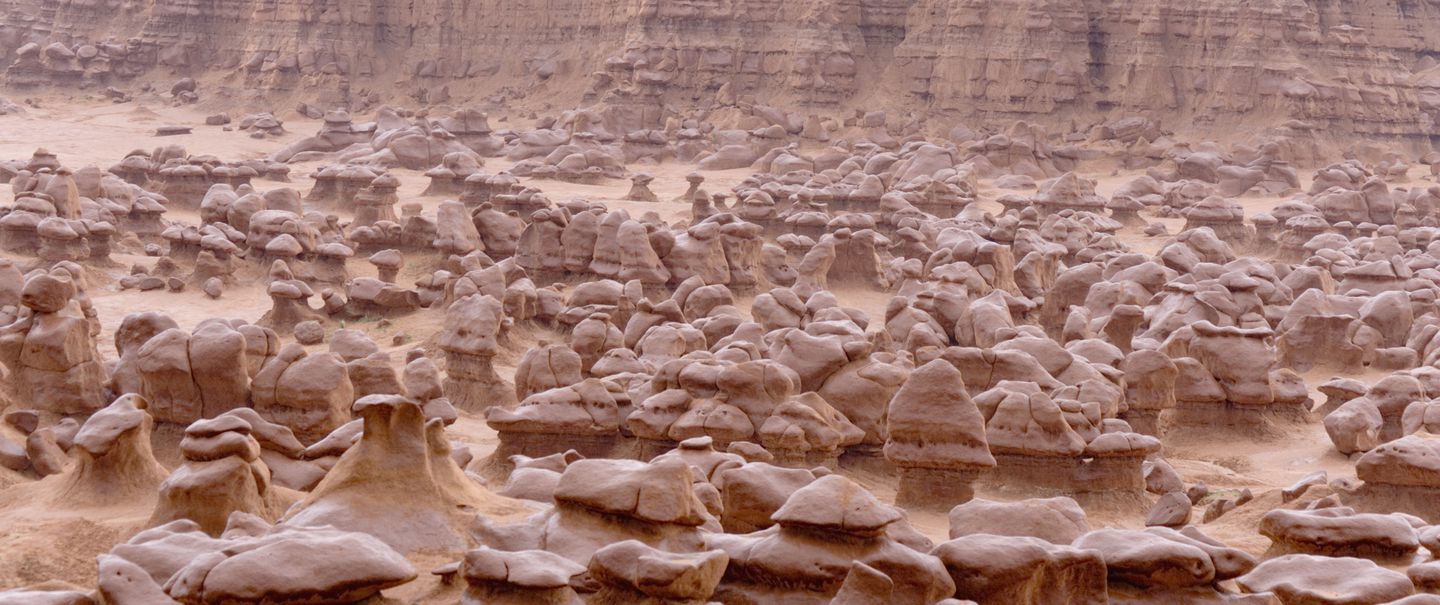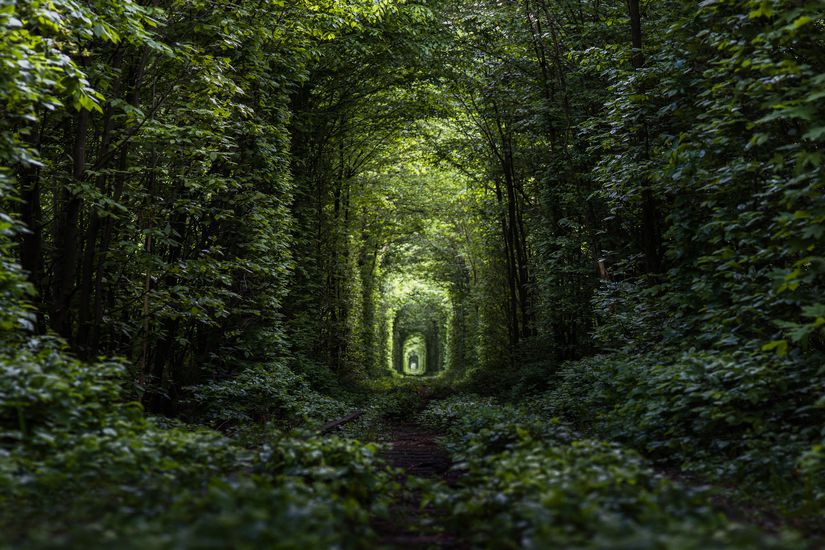Karakum Desert, Turkmenistan
This constantly burning hole in central Turkmenistan, officially known as the Darvaza gas crater, sits above the largest natural gas reserve in the world. It's man-made, created in 1971 after a drilling rig inadvertently punched into the natural gas cavern, creating a 230-foot wide hole. The Soviets set the escaping gas on fire, thinking it would eventually burn itself out. Fifty years later, they're still waiting, and Turkmenistan's president has reportedly ordered his Cabinet to find a way to close the site, which has become an unlikely tourist attraction. According to a state-run newspaper, President Gurbanguly Berdymukhamedov is concerned about the health of people living near the crater, potential environmental damage, and the waste of natural-gas resources.
Related: Amazing Tourist Attractions That No Longer Exist











































